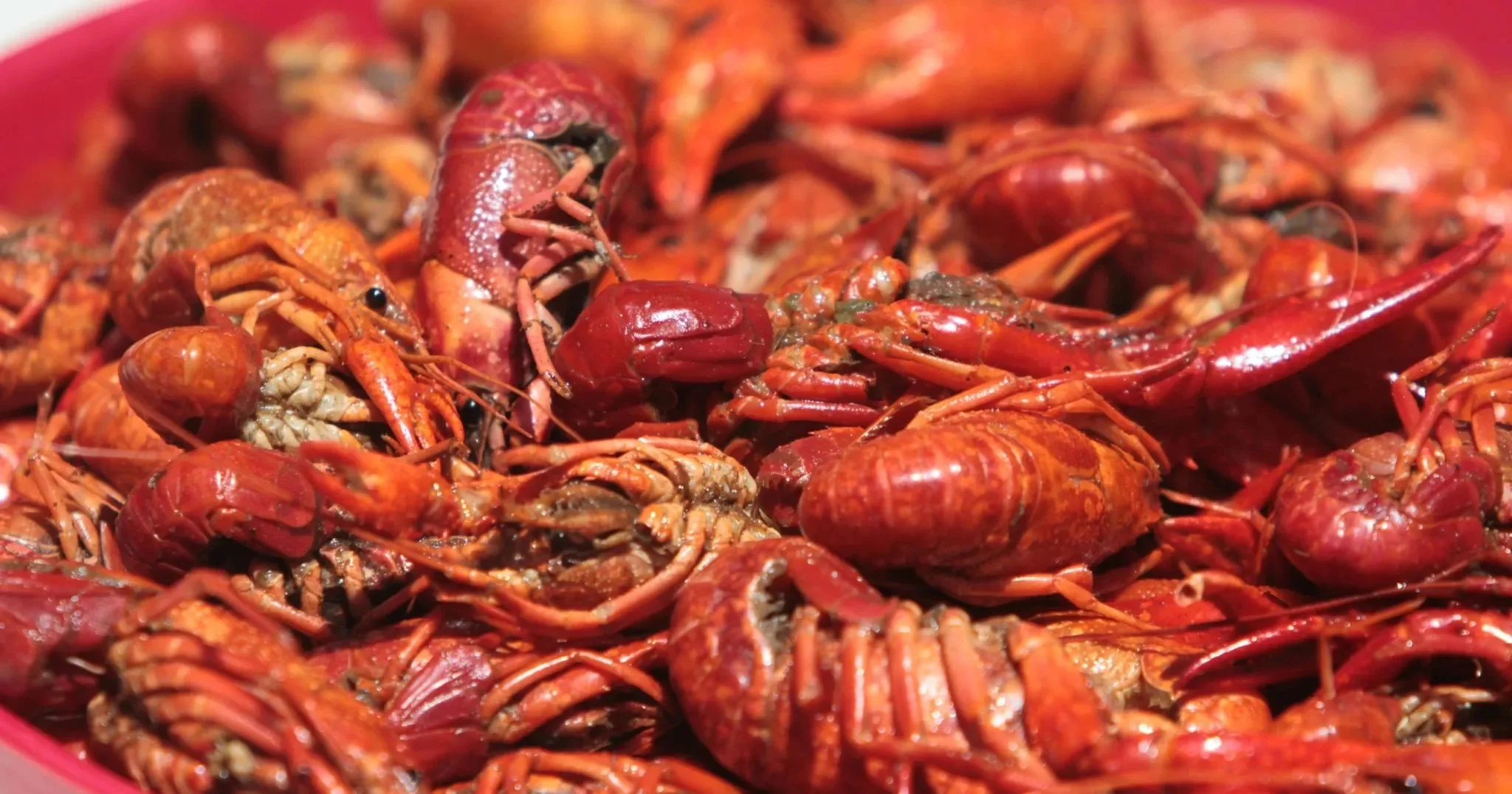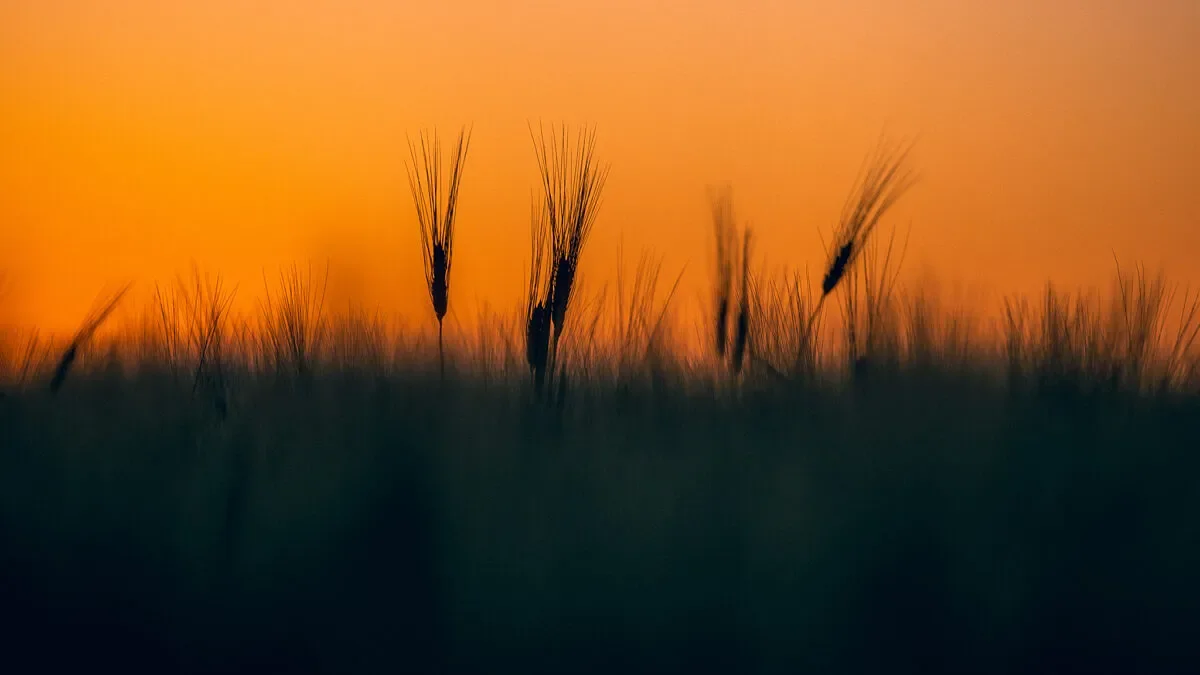Agriculture Committee leaders in the U.S. House of Representatives are looking to provide at least an additional $10 billion in farmer aid to supplement the recently announced Farmer Bridge Assistance (FBA) program. That additional aid would likely have to be driven by Congress, as a USDA undersecretary says it’s unlikely the agency will provide a second farmer aid package.
House Republicans are planning to revive farm bill negotiations in January after failing to garner enough political will to pass a new deal by the end of the year, as they’d initially hoped.
The U.S. Soybean Export Council (USSEC) constantly works towards building and strengthening relationships between U.S. Soy customers, value chain members and farmers. One of the most effective ways to do this is to literally make it possible for them to stand out in a U.S. soybean field together.
U.S. Senator Bill Cassidy (R-Louisiana) wants to give USD 10.6 million (EUR 9 million) in revenue collected from interest on antidumping duties on Chinese imports to domestic crawfish producers.
Rural businesses in Acadiana could receive more technological and expert support with a $200,000 grant.
The Louisiana Immersive Technologies Enterprise, or LITE, Center in partnership with the Louisiana Entrepreneurship and Economic Development, or LEED, Center and the Office of Innovation Management at the University of Louisiana Lafayette received the grant recently from the U.S. Department of Agriculture.
In the early years of the United States, few decisions carried as much long-term impact as the Louisiana Purchase. While often remembered for dramatically expanding the nation’s borders, the acquisition was driven by practical concerns—especially agriculture, trade, and access to markets. As explained by Mark Oppold in this American Agriculture History Minute, President Thomas Jefferson recognized that the future of American farmers depended on one strategic location: the port of New Orleans.
With about half of Louisiana’s — and the nation’s — farmers facing dire financial straits, agricultural communities are hoping the $12 billion short-term relief ordered by President Donald Trump earlier this month will be enough to offset losses from trade wars, tariffs, depressed commodity prices, and increased planting costs.
7-day rainfall was mainly limited to a frontal passage during the overnight hours of Dec 13 into the morning hours of Dec 14, with 7-day totals running below-normal for the vast majority of the state.
At the White House earlier this month, President Donald Trump joined a roundtable of America’s farmers to announce $12 billion in bailouts. But when Meryl Kennedy, the 37-year-old CEO of her family’s Louisiana rice mill, spoke up to tell him that “the tariffs are working but we need to double down,” he was surprised: “You want more?” Trump asked.
Record high production costs coupled with weakening commodity prices for major Louisiana row crops have substantially decreased farm incomes, adversely affecting operating margins for agricultural producers in Louisiana to such an extent that operating margins for soybean farms have diminished over the past three consecutive years. The severity of the decline encompasses negative margins for corn, cotton, rice, and soybean operations. The outlook for the farm economy moving forward from 2025 into the 2026 crop year is concerning for farm survivability.
At a White House roundtable with farmers, a rice producer’s candid message stole the spotlight. Meet Meryl Kennedy, the rice producer who had a powerful message for President Trump last week.
Starting in 2026, farmers can take the Supplemental Coverage Option while also taking Agriculture Risk Coverage.
Each year the LSU AgCenter tests both commercial and experimental soybean varieties entered in the state Official Variety Trials by private seed companies and university breeding programs. The LSU AgCenter also includes a reduced number of varieties in large-plot, on-farm demonstrations to increase the number of locations and environments in which varieties are evaluated. From these, a grower should choose several adapted to an individual farm. Information in the tables can help producers make these important decisions
The 6th U.S. Rice Quality Symposium, a key part of the annual USA Rice Outlook Conference, was held here last week helping to ensure U.S. rice stays competitive by focusing on quality, innovation, and meeting specific market demands. This year’s event featured 20 rice varieties—many of which demonstrated the cooking characteristics preferred by the Latin American market.
LSU AgCenter scientists are seeing promising results in their ongoing efforts to restore roseau cane stands in coastal Louisiana, a critical step in protecting the state’s fragile wetlands.
Portuguese cotton often uses imported American cotton fiber.
Farmers want domestic processing for higher profit margins.
Bridge payments highlight need for supply chain independence
After a brief cool down on Friday, it looks like warmer weather is here to stay through Christmas and beyond. Parts of western Louisiana saw 1-2 inches of rain in the last week, but many areas are still running a deficit. The good news is, the D2, severe drought has been removed from all of Louisiana! The bad news is, I don’t see significant rain in the next 7 days.
U.S. Sen. Bill Cassidy, R-Baton Rouge, wants to see more money collected from efforts to stop Chinese “seafood dumping” go directly to Louisiana seafood producers.
Authors for the U.S. Weekly Drought Monitor (USDM) agree that drought remains an issue for much of the Bayou State but removed areas of D2 Drought ('Severe Drought') as of this week.
Land-grant universities that conduct agricultural research, extension and education play a valuable role in supporting rural America and securing the nation’s food and fiber systems, a U.S. Department of Agriculture official told LSU AgCenter and Southern University Ag Center employees during a visit to Baton Rouge
David Dunlow has grown cotton for 40 years, and he wants to continue.
Dunlow farms with his son, William, in Northampton County, N.C. The current economic outlook for cotton, he said, is the worst he has experienced. First thing the industry needs is legislation to stop its fiscal bleeding.
The cotton industry is responding and working to improve that grim outlook through several projects, initiatives and with legislation.
U.S. ethanol production has reached record levels for the fourth time this year.
The U.S. Energy Information Administration says production averaged 1.031 million barrels per day last week, rising 26,000 from the week before that and 28,000 from a year ago.
About 300 black row crop farmers participated in the 2025 National Black Growers Council (NBGC) Annual Meeting here last week for two-and-a-half days of meetings, education, fellowship, and networking under the theme “Cultivating Connections, Strengthening Legacies,” and rice and the Rice Leadership Development Program were well represented throughout.
Farmers and industry leaders gathered in New Orleans Dec. 7 to 9 for the 2025 USA Rice Outlook Conference. Morale was considerably high, despite the current state of the ag economy, as participants engaged in sessions to learn industry updates and emerging trends in rice production, with record-breaking attendance.
Listen to the latest markets and headlines in Louisiana Agriculture on The Voice of Louisiana Agriculture Radio Network.














































